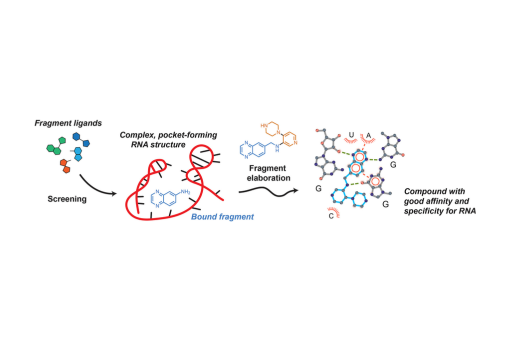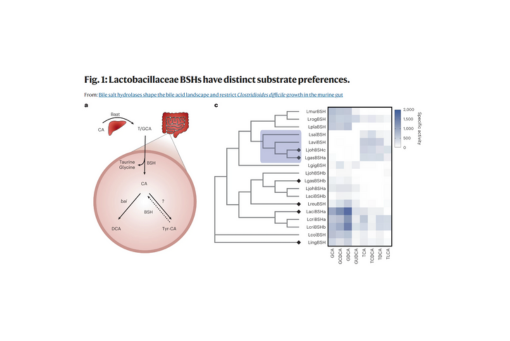Research Archive
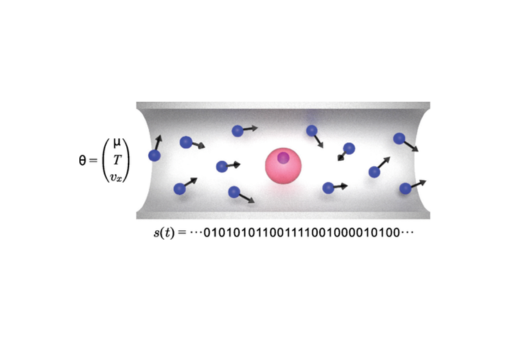
Through a Langevin dynamics simulation of a ligand-receptor sensor in a bath of ligands, we demonstrate that a binary-state receptor can simultaneously encode multiple independent environmental variables, such as ligand concentration and the speed of media flow.
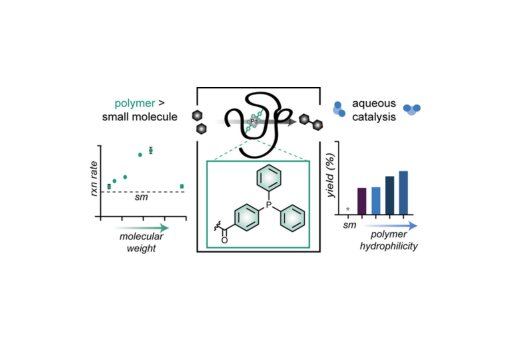
We synthesized a panel of polymeric catalysts containing a novel triphenylphosphine acrylamide monomer and investigated how their properties impact the rate of a model Suzuki–Miyaura cross-coupling reaction.
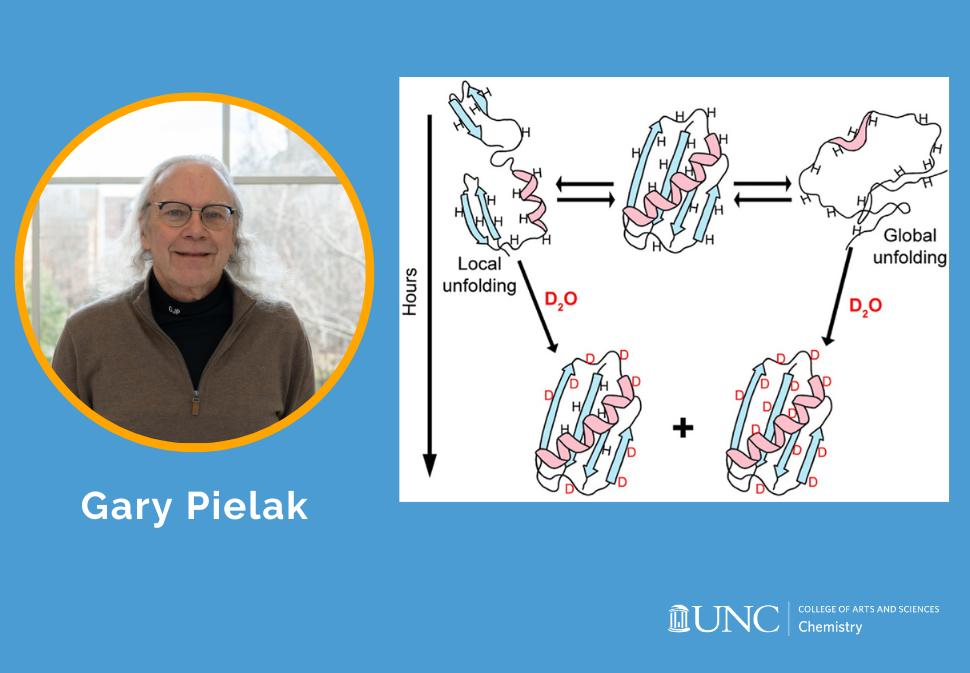
We review the use of nuclear magnetic resonance (NMR) spectroscopy to assess the exchange of amide protons for deuterons (HDX) in efforts to understand how high concentration of cosolutes, especially macromolecules, affect the equilibrium thermodynamics of protein stability.
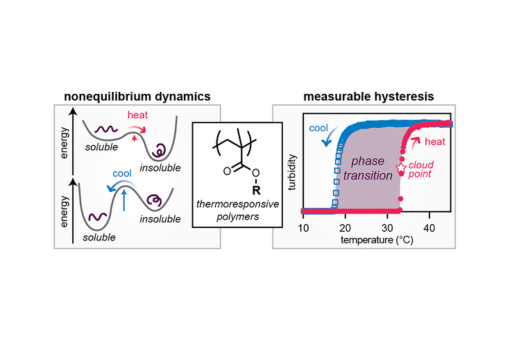
Using a model system of poly(ethylene glycol) methacrylate-based thermoresponsive lower critical solution temperature (LCST) copolymers, we explored the impact of composition and stimulus path on nonequilibrium thermal hysteretic behavior.
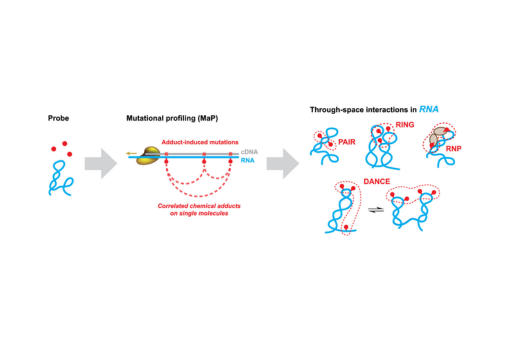
Enabled by a specialized reverse transcription strategy called mutational profiling (MaP), multiple chemical modification events can be measured within individual RNA molecules.
Here, we have developed a new strategy to use multiple-reflection attenuated total reflectance IR spectroscopy (ATR-IR) coupled with electrochemistry to characterize catalysts directly integrated with a semiconductor surface under applied potential.

We used NMR to assess the effects of ethylene glycol (EG) and polyethylene glycols (PEGs) on the structure and stability of the B1 domain of protein G (GB1).
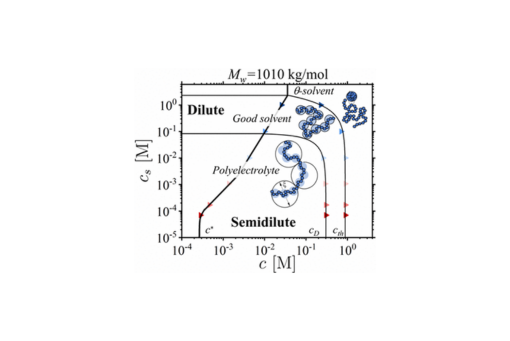
We studied the viscosity of semidilute aqueous solutions of sodium polystyrenesulfonate as a function of polymer and salt concentrations.
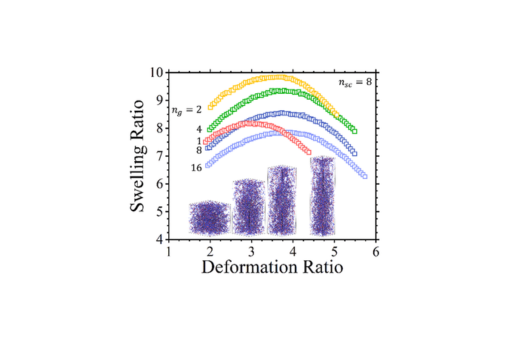
We studied equilibrium swelling in brush gels undergoing large uniaxial deformations in contact with solvent by using a combination of the Flory–Rehner and scaling models of gels and coarse-grained molecular dynamics simulations of swollen brush networks.
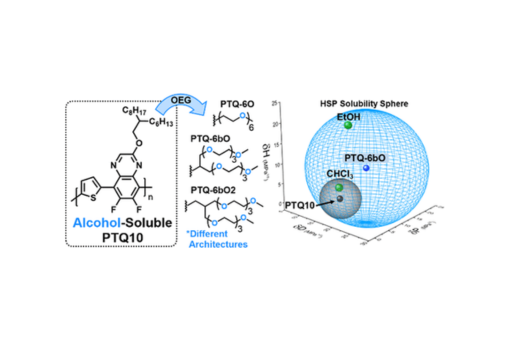
In this work, we report the synthesis and characterization of three conjugated polymers derived from poly[(thiophene)-alt-(6,7-difluoro-2-(2-hexyldecyloxy)quinoxaline)] (PTQ10) with the goal of developing derivates which are more green-solvent-processable.


